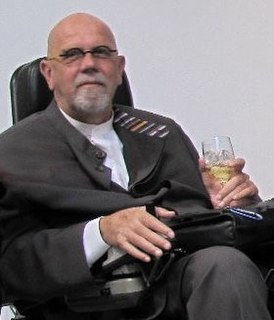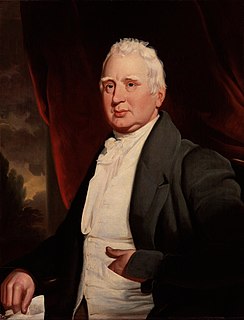A Quote by Jerry Uelsmann
It's equally hard and labor intensive to create an image on the computer as it is in a darkroom. Believe me.
Related Quotes
Paintings don't just happen. I am not a proponent of the idea of an artist as someone who kind of magically makes things and has no real control or isn't willfully producing a certain kind of thing. It is labor-intensive, and it is research-intensive. You are making one decision after another, trying to get at something you think is important.
I believe in God. Maybe not the Catholic God or even the Christian one because I have a hard time seeing any God as elitist. I also have a hard time believing that anything that created rain forests and oceans and an infinite universe would, in the same process, create something as unnatural as humanity in its own image. I believe in God, but not as a he or she or an it, but as something that defines my ability to conceptualize within the rather paltry frames of reference I have on hand.
People are constantly trying to make an image for you. They`ll dress you up and tell you to pose a certain way and take all these pictures... they want a certain image, so they create that. And unless you`re spending a lot of time to create another image to counteract that image, theirs will win. So right now, I`m kind of dealing with a lot of false ideas of what I`m about.
What specialists try to do is get at least three imaging processes that are totally different from each other. Then you can run these through a computer program and make a composite image. In one scenario you suspect a brain tumor, so you image the brain tumor with PET scans, MRIs, and CT scans and create a 3D model. The doctor opens up the skull to excise the cancer, but they can't see anything. Do you cut out what's supposed to be in that spot or not? The current story is yes, you believe the images over what you see with your eyes.

































